Deloitte thinks big with new strategy
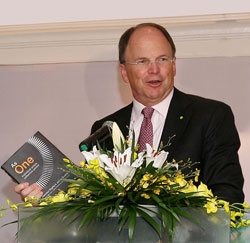 |
What is “As-One” and how does it work in Vietnam?
The concept of “As One” is just simple as implied by that simple language, the ability of Deloitte to behave As One in the market place.
My ambition and the vision that we have for Deloitte is to be the standard of excellence in professional services, which we define to be the first choice of the most sought after clients and talents.
We want to be able to achieve the clear undisputed leadership in professional services and to achieve that ambition requires a big idea. That big idea is “As One”.
In Vietnam we serve many big state owned enterprises, so what we’ll do with our partners is don't look at audit clients as audit clients. We need to bring all our other expertise from tax, financial advisory services, corporate governance, risk management and consulting to deliver value to our clients.
So when they go to their clients, they don’t just talk about accounting and audit, they talk about all our other services that could help our clients to be successful.
Why do you have committed up to half of the more than $1 billion planned for strategic investment in Deloitte’s member firms over the next five years for China, India and South East Asia given Deloitte’s presence in 148 countries?
To achieve market leadership requires focus investment, which cannot be done by allocating funds in all 150 markets. We have identified our priority markets and committed to invest over $500 million to be going after that market leadership.
My list is short when I go through my 150 countries. It is Brazil, Russia, India and China, the classic BRIC countries that we’ve talked about forever. Then I add South East Asia and the Middle East.
I believe South East Asia has the potential if you have a long view of where the market is going to behave and how the economy is going develop. It is a big market of almost 600 million people which is half of India.
Everybody knows about India and China; a lot of multinational companies are already investing in these countries but they're starting to look at the next wave of India, the next wave of China. They’re now looking at South East Asia.
How important is Vietnam in your South East Asia focus?
Many MNCs are looking at Vietnam because of its big, young population of 88 million people, with 70 per cent of them working class who want to become middle class. Many MNCs are looking at Indonesia. With 240 million people, it is the fourth most populated country in the world after China, India and the US.
These are all very important markets. They are looking to place their manufacturing facilities there because of the hard working people. A few key important points of South East Asia, principally Vietnam and Indonesia, are high growth, big population, and relative cheap cost of labor at this point in time.
When you look at South East Asia, the 3 key markets are Singapore, Vietnam, and Indonesia. We invest about 50 million USD in the South East Asia market, most of it is going into hiring and bringing in expert resources.
Vietnam for instance, oil and gas industry, energy industry are big sectors for us here. We’re looking to bring in industry expertise to serve our clients much better. Manufacturing is also a big sector here.
As the Vietnamese capital market starts to become more developed, we’re going to see more M&A actions, more need for corporate finance advice, more initial public offering services. As Vietnamese companies expand overseas, there’ll be need for international financial reporting standards advice. Vietnam is an exciting market in South East Asia.
Even given such major concerns as rising salaries and high inflation?
We believe if you look at the long term, the challenges of inflation and depreciating dong are the challenges most emerging markets go through. The way we look at our emerging markets is actually not today.
We’re looking at the future. For example, Petro Vietnam will become a major oil and gas company in the world. We looked at the revenue of Petro Vietnam and we visited an IT company and these are all very big companies that have aspirations to become world players. So one day we’ll see some Fortune 500 companies coming from Vietnam.
If in fact there is some inflation, is the glass half full or half empty?
I think it's half full. I believe there're significant opportunities here and when we see inbound flows of foreign direct investments, that means investors believe that there’re opportunities in Vietnam.
They’re coming to play a long term game and that's what we’re playing. When you look at Vietnam with a long view, you say this is one of our priorities because so many of the fundamentals are here, English speaking, well-educated and ambitious work force with strong work ethic.
When I went for a run at 6a.m in the morning, the Vietnamese people were not sleeping, they were out moving around the lake themselves and there was music going and these women were going through some form of morning exercises.
There is a growing concern for some South East Asia countries like Thailand, Singapore and Indonesia about the hot money inflow. But it is not for Vietnam. As hot money flows may reflect the expectation of investors, can I say foreign investors appear to be worried about Vietnam’s situations?
In a way, not having hot money coming here is actually much better for you because it’s much easier for regulators, the government, the companies, and the economy. They are all looking for stability in the market.
I think the flow of hot money in the long run is actually not good because as soon as it starts to grow you'll see the inflation of asset value. That hot money is not coming to Vietnam does not mean Vietnam is not attractive. If you take a long term view then you don’t really want the effect of hot money coming in and leaving the country because it causes a lot of economic disruptions.
Obviously people look at Vietnam’s external debt and depreciating currencies, but for businesses that are here, they have specific objectives of capitalising on the abundance of the working population here, and relatively cheap costs of operations.
We're told today that in the IT industry the cost is about one third of China and two third of India, which is very cheap. So I think the fact that hot money is not coming doesn't really mean that this is not an attractive place for investments. If you look at statistics on FDI percentage of GDP, I think Vietnam’s one of the highest.
I think the fact that significant FDI is coming and the FDI percentage of GDP suggests that investors believe there's opportunity in Vietnam. Inbound capital is going to create jobs and that will stimulate innovations and build that sustained growing economy. So the fact that FDI’s flowing is a good thing.
What the stars mean:
★ Poor ★ ★ Promising ★★★ Good ★★★★ Very good ★★★★★ Exceptional
Related Contents
Latest News
More News
- AstraZeneca profit up on strong sales of cancer drugs (April 25, 2024 | 17:37)
- Call to arms for semiconductor roles (April 25, 2024 | 17:00)
- SABECO outlines growth plans for 2024 (April 25, 2024 | 16:15)
- A strengthened high-tech workforce for semiconductors (April 25, 2024 | 15:00)
- Vietnam commits $1.08 billion to train 50,000 semiconductor engineers by 2030 (April 25, 2024 | 14:51)
- Localities on first step towards training microchip labour force (April 25, 2024 | 13:00)
- Agricultural produce seeks to conquer e-commerce market (April 25, 2024 | 10:15)
- Hai Long Construction's successful 25-year journey (April 25, 2024 | 08:00)
- E-commerce platforms help to spread agricultural value (April 25, 2024 | 07:30)
- Standard Chartered revises down Vietnam's 2024 GDP growth forecast to 6 per cent (April 24, 2024 | 15:04)



 Tag:
Tag: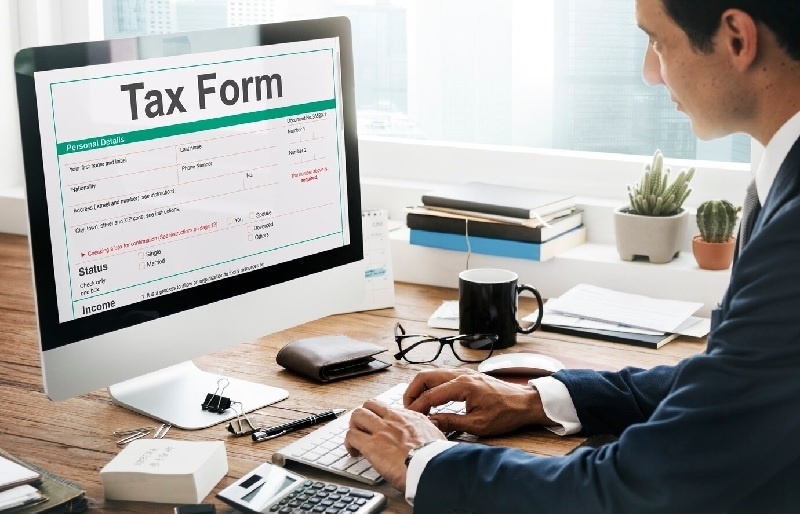
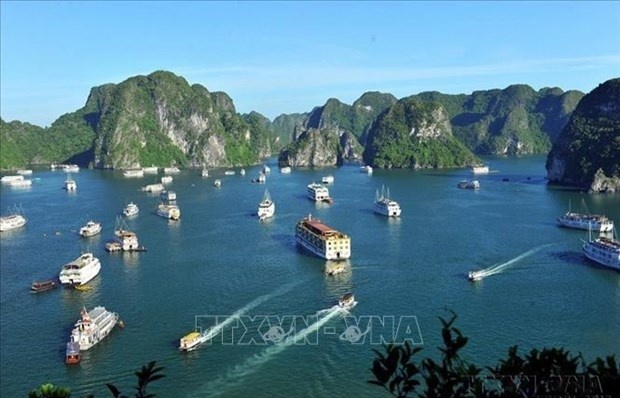

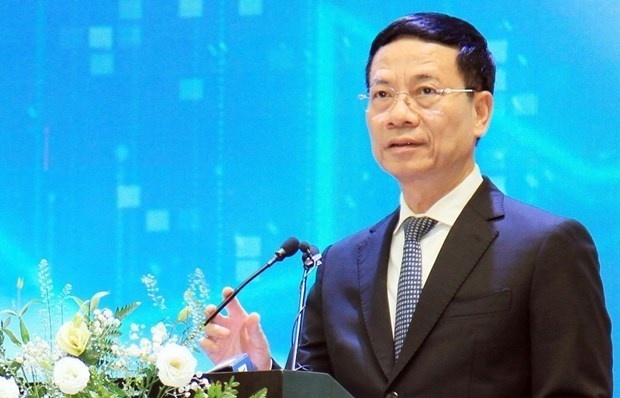


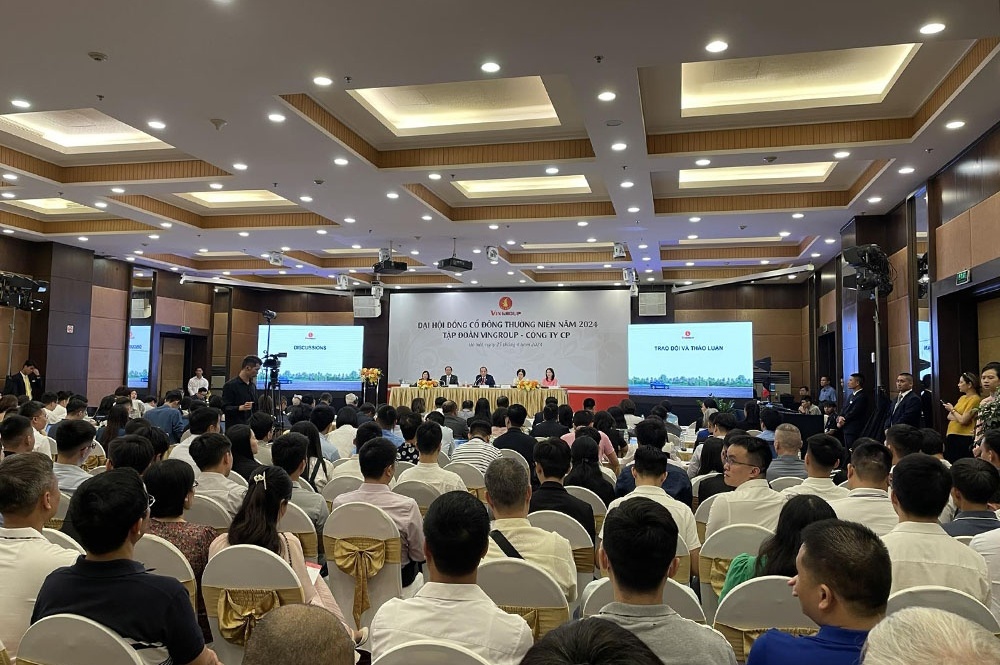





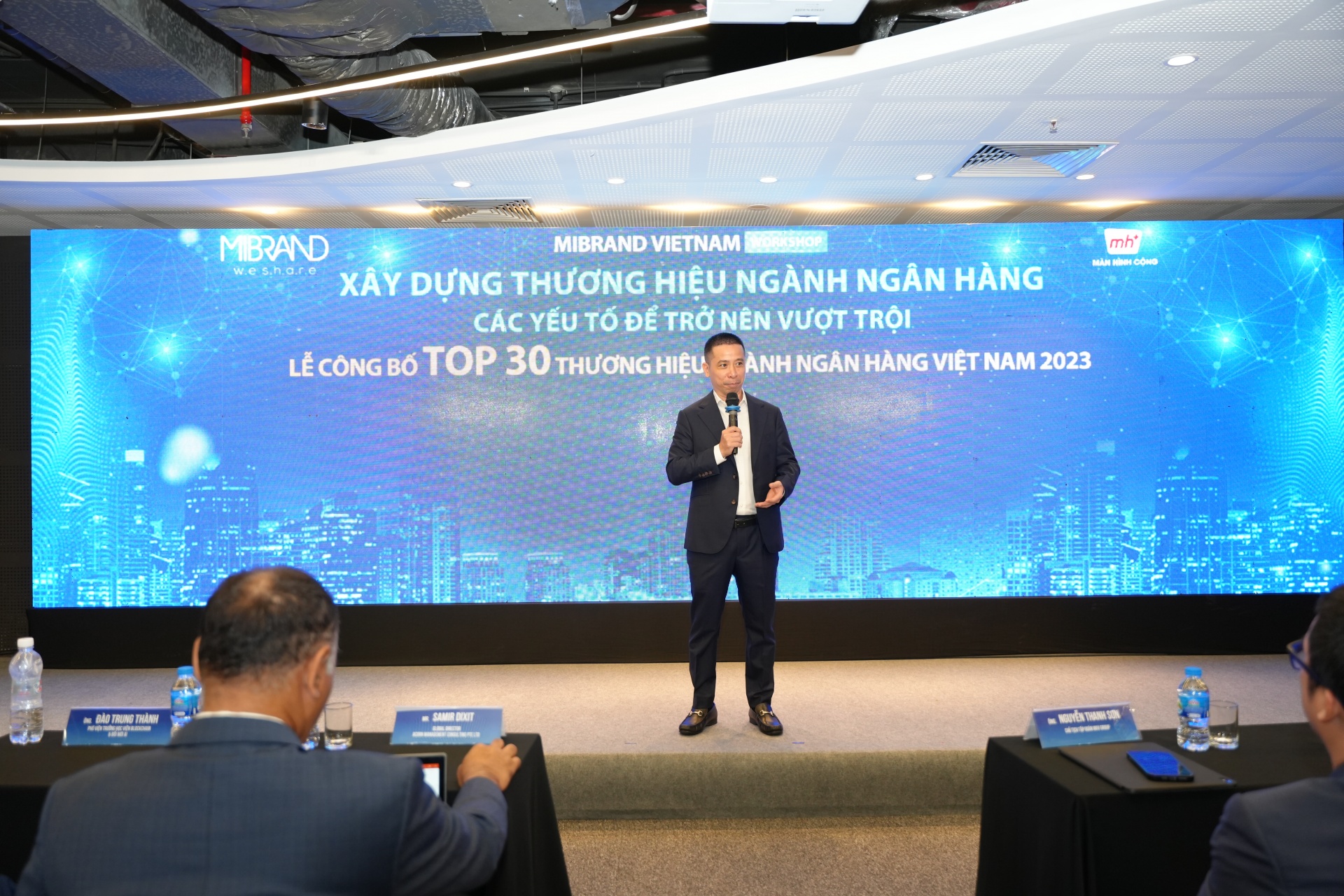



 Mobile Version
Mobile Version